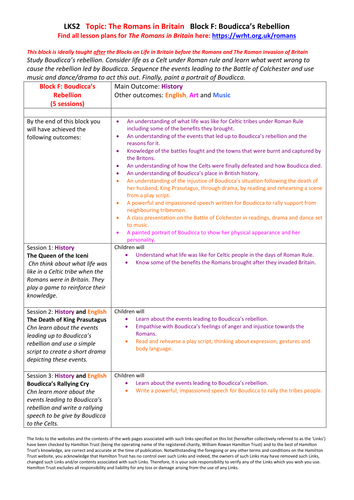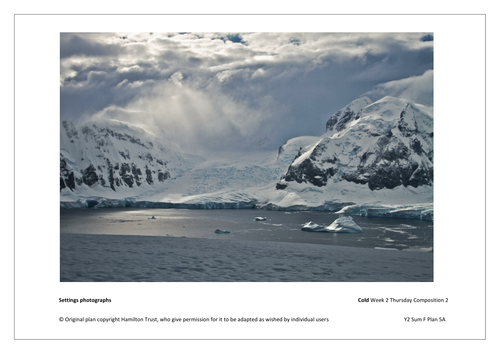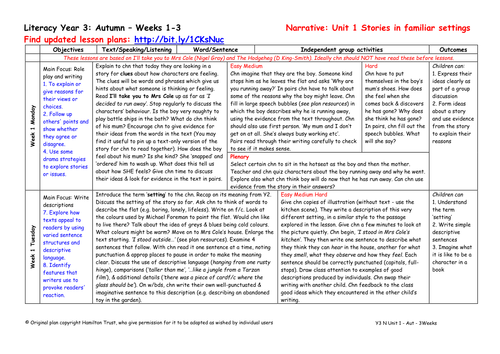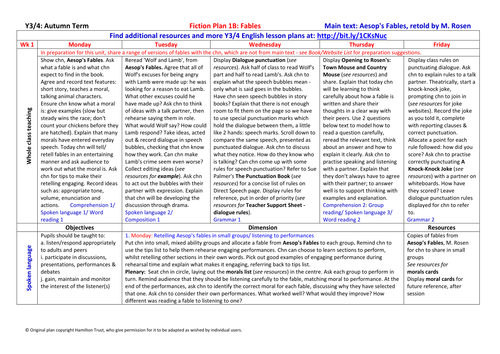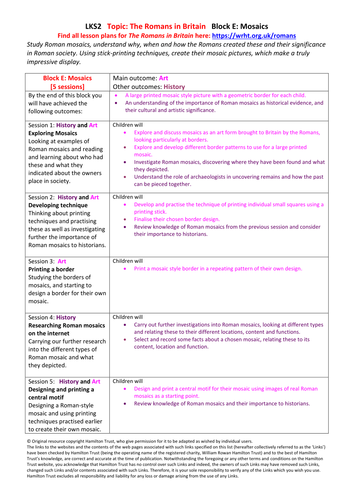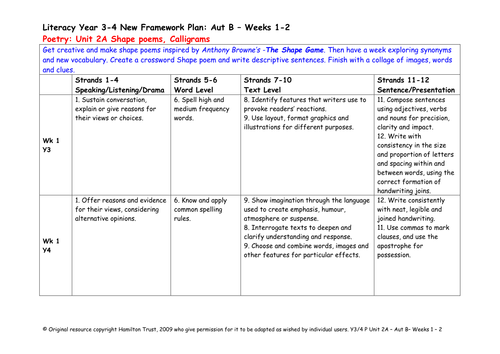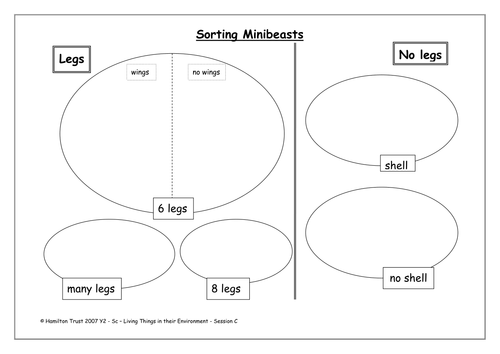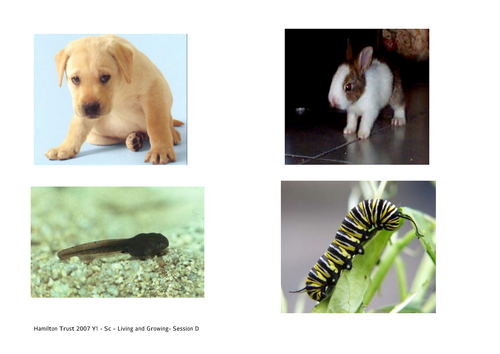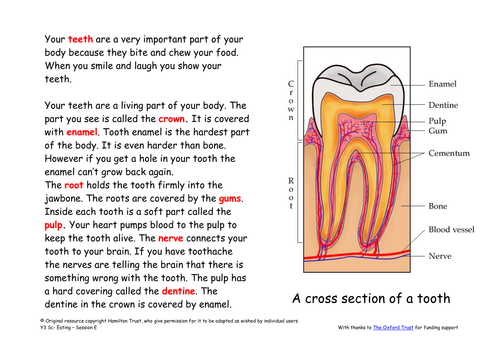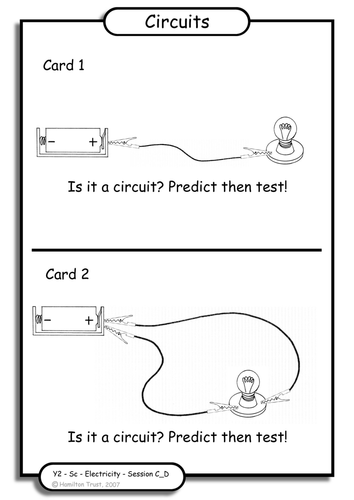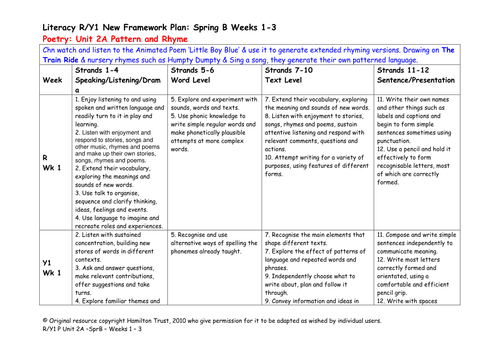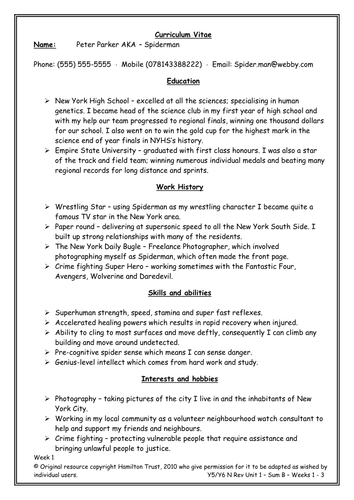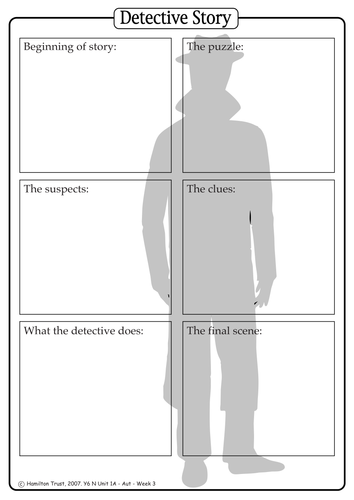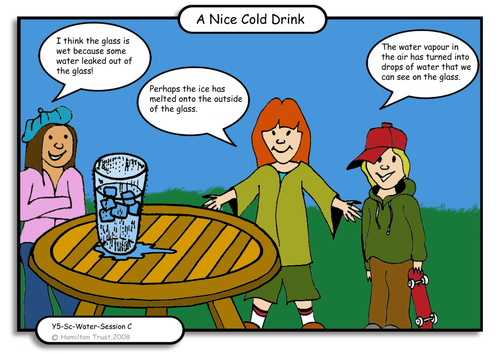
3k+Uploads
10009k+Views
11617k+Downloads
All resources

Boudicca's rebellion
Children study Boudicca’s rebellion.
They consider life as a Celt under Roman rule and learn what went wrong to cause the rebellion led by Boudicca. They sequence the events leading to the Battle of Colchester and use music and dance/drama to act this out. Finally they paint a portrait of Boudicca.
Includes:
- Topic Overview
- Block Overview
- Lesson 01: The Queen of the Iceni
Children think about what life was like in a Celtic tribe when the Romans were in Britain. They play a game to reinforce their knowledge.
- Lesson 02: The death of King Prasutagus
Children learn about the events leading up to Boudicca’s rebellion and use a simple script to create a short drama depicting these events.
- Lesson 03: Boudicca’s rallying cry
Children learn more about the events leading to Boudicca’s rebellion and write a rallying speech to be give by Boudicca to the Celts.
- Lesson 04: The Battle of Colchester
Children learn about the battles fought between Boudicca and the Romans. Using soundtrack of Mornay’s dream, they perform a dance/drama of the Battle of Colchester.
- Lesson 05: The story ends and the legend begins
Children learn how Boudicaa’s rebellion ended and create a portrait of Boudicca showing her character as a warrior and a proud leader of her tribe’s people.
This block is part of our Key Stage 2 Cross-Curricular Topic The Romans in Britain.

Year 2 Fiction 5: Quest stories
Children read a range of quest stories, exploring structure and language choice. They explore 4 types of sentence and experiment with tense. Children write their own extended stories, concluding by performing their writing to a younger child. This plan uses the books Lost and Found and The Way Back Home, both by Oliver Jeffers and We're Going on a Bear Hunt by Michael Rosen. It also uses Hamilton Group Reader The Quest.

Yr 3 Poetry Unit 3B Language play: Riddles
A two week poetry unit which starts off teasing children’s brains with the riddle game from the Hobbit. Then children move on to learning favourite poems by heart, writing own riddles and creating wordplay jokes.
A guaranteed fun-filled favourite for boys!
Find other lesson plans and resources at www.hamilton-trust.org.uk.

Yr 6 NF Unit 2 Journalistic Writing
Here children develop a journalistic style through considering balanced reporting. They will comment critically on the language, style and success of a range of reports. Eventually this will lead the children to planning, writing and recording their own radio report.
Find other lesson plans and resources at www.hamilton-trust.org.uk.

Yr 3 Narrative Unit 1 Stories in familiar settings
Children read I’ll Take You to Mrs Cole and explore its imaginative setting. They extend this work by looking at Harry Potter and Toy Story and comparing film and written texts. Finally (optional week) children study the works of John Burningham focussing on the settings.
Hamilton’s English planning covers all aspects of English, including SPAG, within the context of a wide range of fiction, non-fiction and poetry genres, such as traditional tales, recounts and performance poems.

Year 3/4 Fiction 1: Fables
Reading a wide range of fables, including Rosen’s Aesop’s Fables, children explore dialogue through drama, debate moral messages and write letters in role.
Children write their own fables, hold a festival and try them out on a live audience. Will they win rave reviews?
Suitable for Year 3 or 4.
Hamilton’s English planning covers all aspects of English, including SPAG, within the context of a wide range of fiction, non-fiction and poetry genres, such as traditional tales, recounts and performance poems.

Self-Portraits: Picasso-style
Children look at portraits by Pablo Picasso. They talk about how he plays with faces and makes them into a puzzle. They use work from session 2 to make their own self portraits in the style of Picasso.
Suitable for years 1 and 2.
Find other lesson plans and resources at www.hamilton-trust.org.uk.

Roman mosaics
Children study Roman mosaics, understanding why, when and how the Romans created these and their significance in Roman society. Using stick-printing techniques, children create their own mosaic pictures, which make a truly impressive display.
Includes:
- Topic Overview
- Block Overview
- Lesson 01: Exploring mosaics
Looking at examples of Roman mosaics and reading and learning about who had these and what they indicated about the owners place in society.
- Lesson 02: Developing technique
Thinking about printing techniques and practising these as well as investigating further the importance of Roman mosaics to historians.
- Lesson 03: Printing a border
Studying the borders of mosaics, and starting to design a border for their own mosaic.
- Lesson 04: Researching Roman mosaics
Carrying our further research into the different types of Roman mosaic and what they depicted.
- Lesson 05: Printing a central motif
Designing a Roman-style mosaic and using printing techniques practised earlier to create their own mosaic.
Hamilton’s cross-curricular topics provide extensive planning resources to facilitate teaching a range of subjects under specific historical, geographic or thematic umbrellas.

Yr 3/4 Poetry unit 2A Shape poems / Calligrams
Get creative and make shape poems inspired by Anthony Browne’s The Shape Game. Then have a week exploring synonyms and new vocabulary.
Create a crossword Shape poem and write descriptive sentences. Finish with a collage of images, words and clues.
Find other lesson plans and resources at www.hamilton-trust.org.uk.

Group living things
Learn to group living things by the way they look. Sort plastic minibeasts according to number of legs, wings etc.
Use scientific vocabulary. Use minibeast fact cards to write sentences. Explore facts using ICT.
Suitable for Year 2 pupils.
Find other lesson plans and resources at www.hamilton-trust.org.uk.

Yr 5 Narrative Unit 3 Stories from other cultures
Using stories and Animated Tales based on oral stories from the Middle East and India children discover the first story ever written down, that dialogue poems are a popular text form in the Gulf and how a collection of stories can be written within a frame story.
Find other lesson plans and resources at www.hamilton-trust.org.uk.

Adults and babies
Explore growing and how babies (human and animal) become adults. Play a game matching adults and babies. Children make simple zigzag book showing themselves at different stages of their lives. Suitable for Year 1 pupils.
Find other lesson plans and resources at www.hamilton-trust.org.uk.

Tooth decay
Learn about the importance of keeping your teeth healthy. Find out about tooth decay. Start an investigation to see which liquid does least damage to an eggshell. Watch an animation about how to clean teeth correctly and start a poster about tooth care. Suitable for Y3 pupils.
Find other lesson plans and resources at www.hamilton-trust.org.uk.

Is it a circuit?
Using a pack of ‘Is it a circuit?’ cards children predict, test and record in a table whether or not the circuits shown will light the bulb. Discuss the results and decide what is required to make a complete circuit.
Suitable for Year 2 pupils.
Find other lesson plans and resources at www.hamilton-trust.org.uk.

Yr1 Unit 2A Poetry: Pattern and Rhyme
Children watch and listen to the Animated Poem ‘Little Boy Blue’ and use it to generate extended rhyming versions. Drawing on The Train Ride and nursery rhymes such as Humpty Dumpty and Sing a song, they generate their own patterned language.
Hamilton’s English planning covers all aspects of English, including SPAG, within the context of a wide range of fiction, non-fiction and poetry genres, such as traditional tales, recounts and performance poems.

Yr 5/6 Narrative revision Unit 1 : Superheroes
From Spiderman to batman, children will explore some of the most well-known superheroes through reading comprehensions, and playscripts. They then discover the wonderful short stories by Shaun Tan, writing their own stories and reviews.
Hamilton’s English planning covers all aspects of English, including SPAG, within the context of a wide range of fiction, non-fiction and poetry genres, such as traditional tales, recounts and performance poems.

Yr 6 Narrative Unit 1A Fiction Genres
Using Short! children read, respond to and recreate short stories, using different genres. Then explore the Detective Fiction genre – film, famous detective characters, authenticity and effective story plans. Children publish stories for ‘The Detective Club’ anthology.
Find other lesson plans and resources at www.hamilton-trust.org.uk.

Plants - What's Growing in Our Gardens - Year 1
Explore the outdoor area of school and look at plants that are growing. Talk about what they are and what they will look like when they are fully grown. Map out the school garden area and decorate with sketches, facts and labels. Plant chitted potatoes and set up a garden centre in the classroom. Examine a flower and make a large model in the classroom, do leaf rubbings and then create a large piece of art on the playground floor.
Includes 6 session plans & resources
1 - Going and growing outside
2 - One potato, two potato
3 - Garden centres and seeds
4 - What lives in the garden?
5 - What is inside a flower?
6 - What is inside a tree?
Suitable for Year 1 pupils.
Hamilton's brand new science scheme is now complete on our website. We have replaced the science planning materials with a completely new, and improved, set. The National Curriculum for England is now fully covered in regular 6-session blocks to fit into half-term slots. Find out more: www.hamilton-trust.org.uk/scites

Evaporation and condensation
Look at evaporation and condensation of water as reversible changes. Discuss everyday examples & uses of evaporation and condensation. Plan and carry out an investigation into the factors that speed up evaporation.
Suitable for Y5 pupils.

Electricity - It's Electric - Year 4
Learn all about electrical circuits and test materials ability to conduct electricity. Put your knowledge of circuits on display by building your own circuit to create a buzz-wire game. Then use your game to try to defeat a challenger. Who can remain ‘disconnected’ on the game? You will need to impress with your electrical knowhow.
Includes 6 session plans & resources:
01 - Electrical fun!
02 - Understanding electrical safety
03 - Building a circuit
04 - Good conductor, bad conductor?
05 - Showing what you know!
06 - It’s electric!
Hamilton’s science scheme uses hands-on investigative science activities to promote a deep understanding of scientific concepts and help children develop effective methods of scientific enquiry. Our scheme is fresh, original and free!

